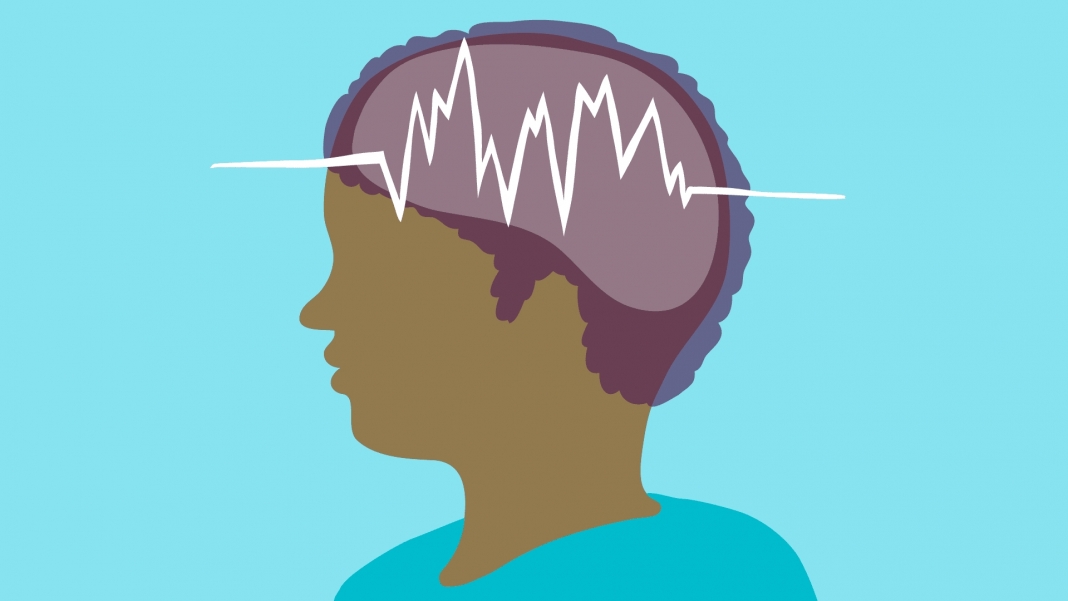November is Epilepsy Awareness Month in the U.S. where nearly three million people suffer from epilepsy. Everyone should understand what an epileptic seizure is and know what to do when someone has one.
A seizure is a sudden, uncontrolled electrical disturbance in the brain that can cause changes in movement, behavior, and consciousness. Different kinds of seizures can vary in severity, depending on where and how the disturbance began.
Signs and symptoms may include collapse, confusion, staring spells, loss of consciousness, uncontrollable jerking of the legs and arms, and cognitive and emotional symptoms such as déjà vu or extreme fear.
Tonic-clonic seizures, previously called grand mal seizures, are the most dramatic type and deserve the most emergent attention. They usually occur when the disturbance begins on both sides of the brain, though they can also begin on one side and travel through both.
They may cause sufferers to lose consciousness; their muscles may stiffen, and their limbs may jerk. Tonic-clonic seizures usually last one to three minutes.
In some cases, sufferers experience an aura and may be aware beforehand that the seizure is going to happen.
The following steps are generally recommended to assist someone having a seizure:
Clear the area of items that may injure the person, and only move the person if they are in danger in that area. Turn them on their side, and cushion their head. Look for a medical ID bracelet, and time how long the seizure lasts.
Speak calmly and understand that they may be confused after the seizure for a while. Do not restrain their movement, and do not put anything in their mouth. Do not give them anything to eat or drink until they are fully recovered.
It is time to take action and learn more! Visit Epilepsy.com to become seizure first-aid certified and learn more about the different types of epilepsy.
Sign up to receive a FREE copy of West Virginia Explorer Magazine in your email weekly. Sign me up!


